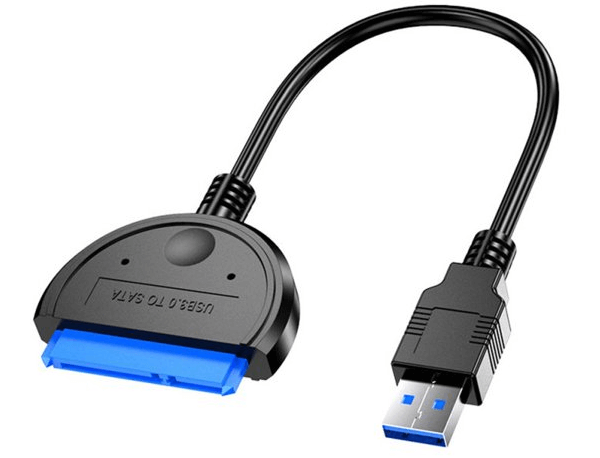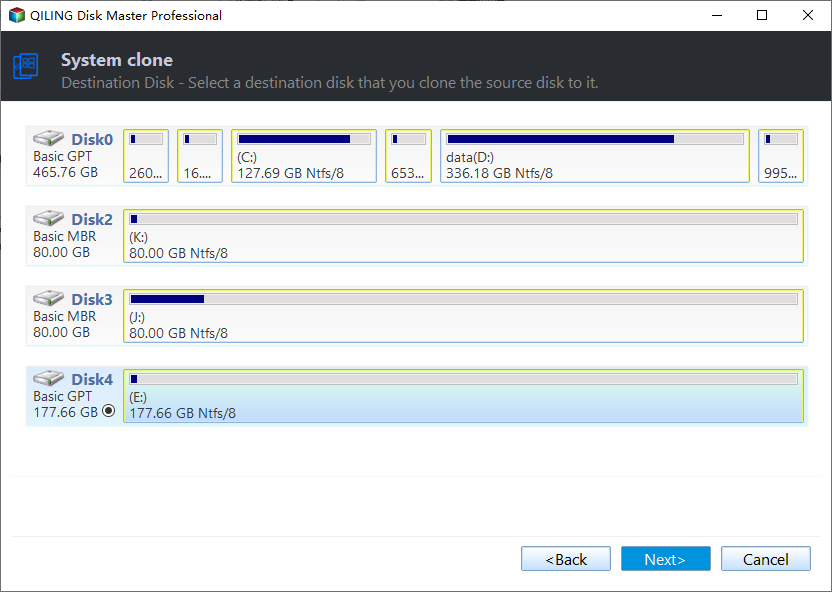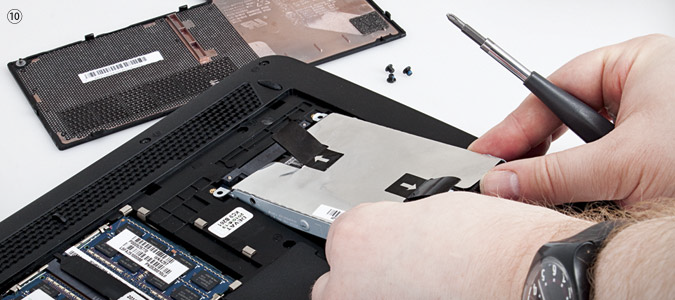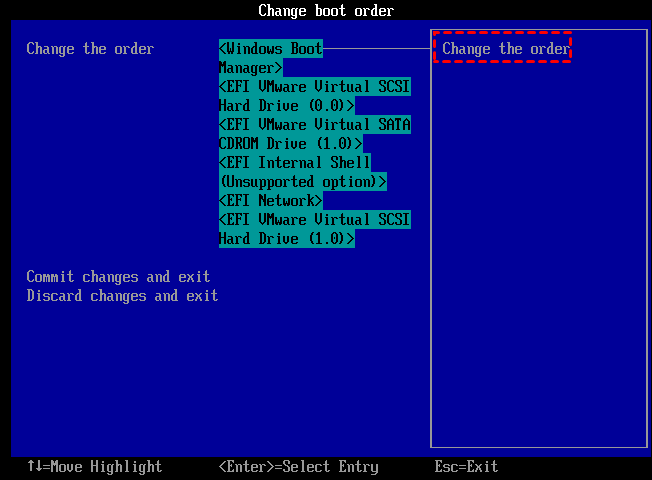How to Install Windows 10 on New SSD without CD or USB?
- User case
- When need to install Windows 10 to SSD without CD?
- Specific steps to install Windows 10 on new SSD without CD
- Summary
User case
Hey, I am running Windows 10 on my computer and just bought an SSD. I want to know if it's possible to install the Windows 10 on the new SSD drive and change the boot device? And if so, how should I do it? Do I need to remove the HDD before booting into the OS in the SSD. Can someone provide step by step guide?
When need to install Windows 10 to SSD without CD?
When the Windows 10, Windows 8 or Windows 7 is loading and running slowly on the traditional hard disk drive (HDD), installing Windows onto a new SSD is one of the most effective ways to give your computer a fresh start. However, doing a fresh install on my SSD using the installation media (CD, DVD, or bootable USB flash drive) will cost you a lot of time and energy. What's more, some computer users don't even have the Windows installation CD, DVD or USB. Therefore, many users are looking for a way to install Windows 10 to a new SSD without CD or USB.
How to install Windows 10 on new SSD without CD/USB step by step?
To install Windows operating systems on a new solid state drive without using CD or USB, the most easiest way is migrating Windows 10/8/7 from the current hard drive to the new SSD and the booting from it. The Qiling Disk Master Professional is strongly recommended for this OS transfer task. It has the "Migrate OS to SSD Wizard", allowing you to move the whole Windows 11/10/8/7 or Windows XP/Vista partition from the current disk to another disk (HDD or SSD) and boot from the destination disk successfully. You can download the Demo Version and simulating the operation.
Part 1. Preparation before moving OS to the new SSD
1. Connect the SSD to your Windows 10 computer. Usually, the desktops have extra disk bay for SSD drive. If you are using a laptop, you might need place the SSD in the enclosure or connect it to the USB-to-SATA adapter, and then connect it to your laptop with the USB cable.
2. Initialize the SSD if it is a completely new drive. Choosing MBR or GPT for SSD mostly depends on which boot mode your motherboard supports. It is advised to initialize the SSD to the partition style that your current system disk uses, so that you don't need to switch boot mode between Legacy BIOS and UEFI after OS migration.
3. Ensure the SSD has unallocated space that is larger than the current OS partition. If not, you can backup some personal data (files, videos, music, movies, pictures) saved on the OS drive to another location and then shrink the system partition to make it smaller and easier to fit on the new SSD.
Part 2. Start installing Windows to a new SSD via "Migrate OS to SSD Wizard"
1.Install and open Qiling Disk Master Professional. Click on "Clone" > "Migrate OS". Read the subsequent introduction and click on "Next".
2. Select the unallocated space on the SSD drive and click on "Next". If there are partitions on the SSD, you can tick "I want to delete all partitions on the disk to migrate system...".
3. Here, you can resize the new system partition on the destination SSD drive or change its drive letter as you like. Click "Next" to continue.
4. Now, you can preview the result. After verifying everything is OK, you can click on "Proceed" to actually execute it.
5. Take a look at the boot Note and click on "Finish".
When it is done, the whole Windows 10 partition will be moved to the new SSD. And the entire process does not require the usage of installation CD, DVD or USB flash drive. Moreover, you can align SSD partition to further improve its reading and writing performance.
Part 3. Boot from the new SSD drive
The above content is how to install Windows 10 on new SSD without CD or USB; now it is time to learn how to boot from the new SSD. First, you have to physically install the SSD on your desktop or laptop: turn off your computer and remove the back panel; lift the old drive up about 30 or 45 degrees and pull it out (PS.: this is optional. If you want to keep both old drive and the new SSD drive on your computer, just put the SSD into the spare hard disk bay); install the SSD in the place of old hard drive and put the back panel on.
Then, turn on your computer, press a certain key (F2, F10, Esc, etc. Or you can Google your motherboard's specific model to find out which key you have to press to access the BIOS) during the initial process to enter the BIOS menu. Once you have accessed the BIOS, you need to find the boot order or boot sequence screen, and move the SSD to the top of the boot device list, finally restart and you should boot computer from the destination disk.
Note: If you are installing Windows 10 from MBR disk to GPT SSD, or from GPT disk to MBR SSD, you have to change Legacy BIOS to UEFI, or switch UEFI to BIOS.
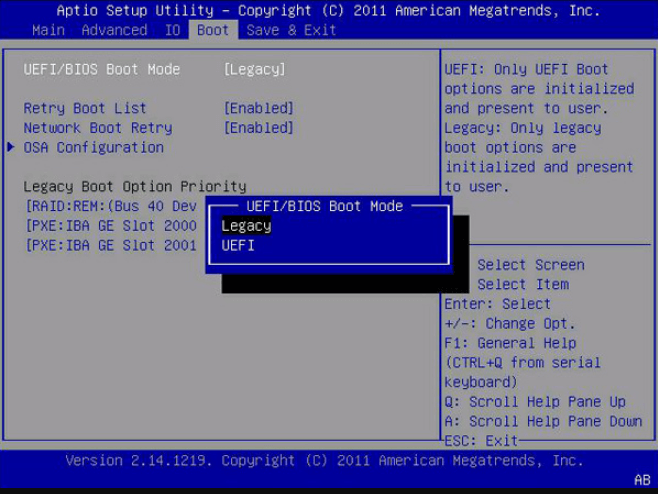
Summary
This is how to install Windows 10 on new SSD without CD or USB drive. Same steps can also be applied to install Windows 8.1, Windows 8, Windows 7 onto SSD without using installation CD. If you want to move Windows 10 and everything else on the old hard drive to SSD, you can try the "Disk Clone Wizard" to clone entire disk to another one. For Windows Server users, the Qiling Disk Master Server is a great choice.
Related Articles
- 2 Methods to Install Windows 10 on M.2 SSD Drive Step by Step
If you want to install Windows 10 on M.2 SSD drive, you can refer to this article, which not only shows how to clean install Windows on M.2 SSD, but also introduces how to directly transfer Windows 10 on M.2 SSD drive. - How to Install Windows 10, 8, 7 to USB as Portable OS Device?
Installing Windows to USB drive allows you to directly run OS on other computers with this portable bootable USB flash drive. - Best Strategy of Using SSD for OS and HDD for Storage in Windows 10, 8, 7
Do you know how to use SSD for OS and HDD for storage on Windows? You can find a way here to set SSD as boot drive and HDD as storage with Qiling Disk Master.
